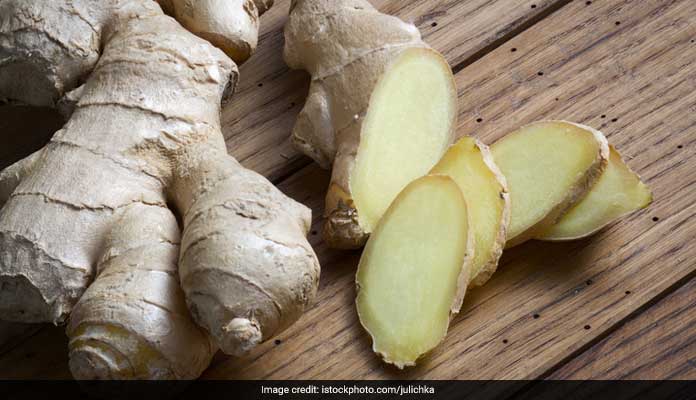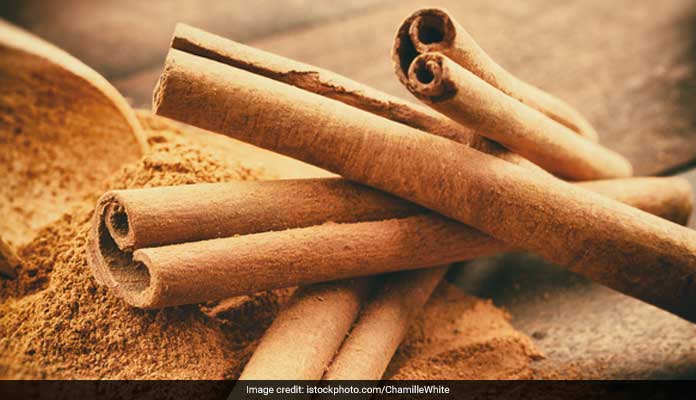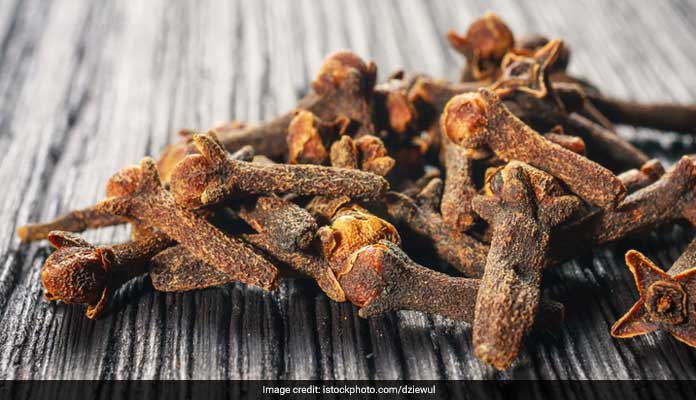A headache can be a sign of stress or can result from a medical disorder such as migraine or high blood pressure. We bring to you some popular remedies to deal with it at home.

A headache can occur in any part of the head, on both sides of the head, or in just one location.
Headaches can be classified into various categories:
- Primary headaches - 90% of all headaches are primary headaches. These are those that do not have a direct underlying cause. They include migraine, cluster and tension headaches.
- Secondary headaches - are the result of an identifiable structural or organic cause, such as lesions of the brain, irritation of the meninges, injury and pressure changes within the head.
- Migraine - a migraine headache may cause a pulsating, throbbing pain usually only on one side of the head. The aching may be accompanied by blurred vision, light-headedness, nausea, sensory disturbances known as auras. (Also read: Have A Headache? It Could Be Migraine)
- Tension headaches - caused by muscle contractions in the head and neck regions. It can cause mild, moderate, or intense pain in your head, neck, and near eye area.
- Cluster headaches - are a neurological disorder with severe headaches on one side of the head, typically around the eye. There are often accompanying autonomic symptoms during the headache such as eye watering, nasal congestion and swelling around the eye, typically confined to the side of the head with the pain.
- Sinus headache - are headaches that may feel like an infection in the sinuses (sinusitis). You may feel pressure around your eyes, cheeks and forehead.
- Ginger: ginger can help reduce inflammation of the blood vessels in the head, thus providing relief from a headache. Mix equal parts of ginger juice and lemon juice. Consume it once or twice a day. You can also apply, a paste of one teaspoon of dry ginger powder and two tablespoons of water on the forehead for a few minutes.

Ginger can be used to get instant relief from headache
Photo Credit: iStock - Chamomile tea: chamomile tea has compounds that help ease pain. You can also add honey to it.
- Lavender oil: soothing scent of lavender essential oil can be of great help in relieving tension headaches. You can just put a few drops on a tissue and inhale it. You can also add 2 drops of lavender oil to two cups of boiling water and inhale the steam. Another option is to mix two or three drops of lavender essential oil in one tablespoon of carrier oil such as almond oil or olive oil and massage your forehead with it.

Soothing scent of lavender essential oil can be of great help in relieving tension headaches
Photo Credit: iStock - Cinnamon: cinnamon can be very effective to treat headaches. Grind some cinnamon sticks into a powder, and add some water to make a thick paste. Apply it on your forehead and leave it 30 minutes. Then wash it off with lukewarm water.

Cinnamon can be very effective to treat headaches.
Photo Credit: iStock - Cloves: cloves can be used to ease a throbbing headache due to its cooling and pain-relieving properties. Mix 2 drops of clove oil with a tablespoon of coconut oil and sea salt and gently massage your forehead. You can also Crush a few cloves gently and put them in a sachet or a clean handkerchief. Inhale the smell of the crushed cloves whenever you have a headache.
 PromotedListen to the latest songs, only on JioSaavn.com
PromotedListen to the latest songs, only on JioSaavn.comCloves have cooling and pain-relieving properties which can cure headache
Photo Credit: iStock - Basil: put three or four fresh basil leaves in a cup of boiling water and let it simmer for a few minutes. You can also add honey to it. Alternatively, chew some fresh basil leaves or massage your forehead with basil oil mixed with base oil like coconut oil. Basil works as a muscle relaxant, making it a helpful treatment for mild headaches caused by tense muscles.
DoctorNDTV is the one stop site for all your health needs providing the most credible health information, health news and tips with expert advice on healthy living, diet plans, informative videos etc. You can get the most relevant and accurate info you need about health problems like diabetes, cancer, pregnancy, HIV and AIDS, weight loss and many other lifestyle diseases. We have a panel of over 350 experts who help us develop content by giving their valuable inputs and bringing to us the latest in the world of healthcare.














